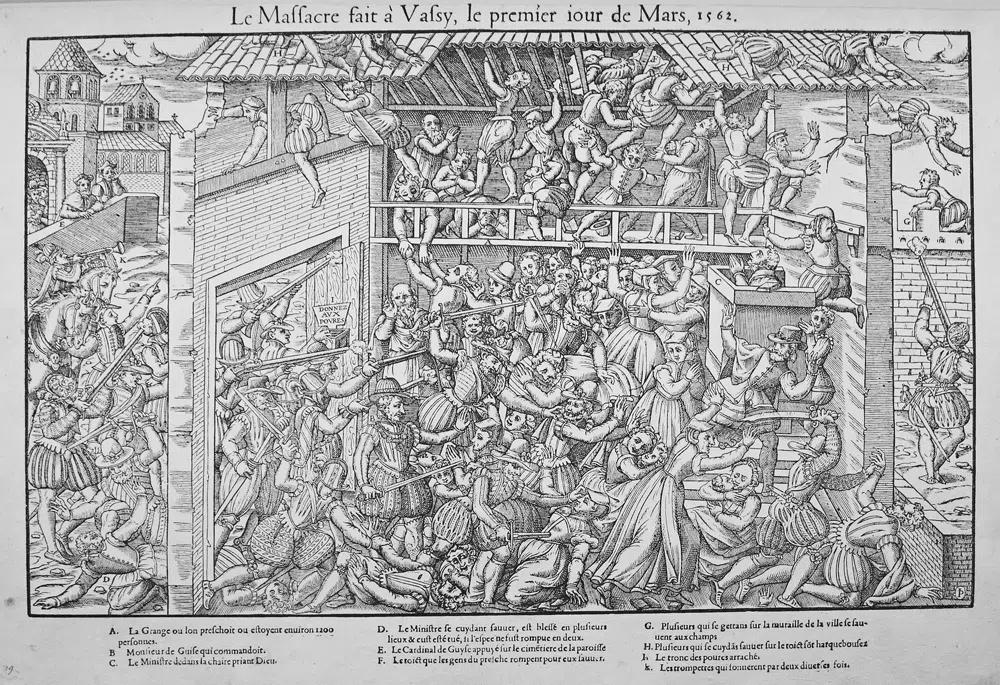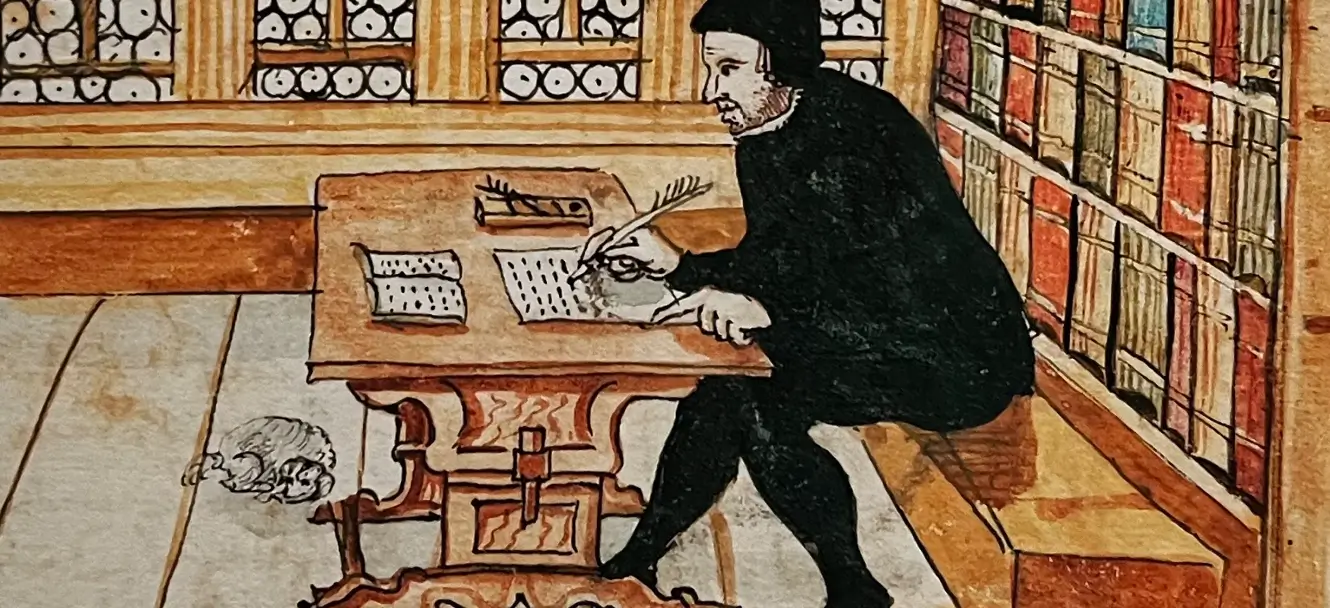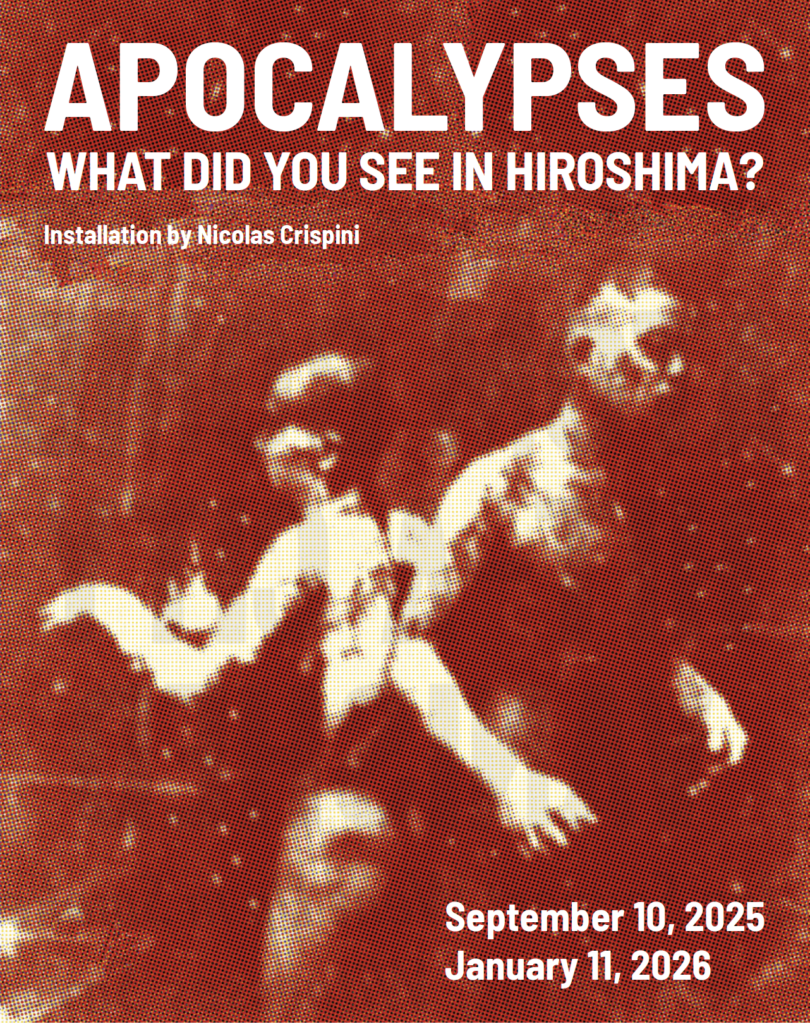The Wassy massacre, which occurred on March 1, 1562, triggered the first in a long series of religious wars in 16th century France.
To fully understand the facts, we must go back to an edict which was signed in January of the same year. This Edict of January 1562, signed by the young King Charles IX – aged twelve – and prepared by his mother Catherine de Medici, was intended to appease the quarrels between Catholics and Protestants. Protestants were allowed to worship outside fortified towns and to hold meetings in private homes within the same towns. In return, they had to return the places of worship they had seized in the past – which many of them refused to do.
On March 1, 1562, Duke François de Guise, a fervent Catholic who was very hostile to Protestants, passed through his own lands in Wassy, in Champagne, and learned that an assembly of Protestants was being held in a barn, inside the town. closed – and therefore in conditions contrary to the January Edict.

This manuscript by Admiral Gaspard de Coligny was one of the main Protestant leaders during the wars of religion in 16th century France.
He sent troops there, who surprised two hundred Protestants gathered for a sermon in this barn. Guise's men were received so that the situation quickly degenerated, the provocations giving way to throwing stones and insults. The attack was made on the barn. On the Protestant side, there were around fifty dead and more than a hundred injured.
There was great emotion in the kingdom at the news of this massacre. The personal involvement of François de Guise, great enemy of the Protestants, increased the latter's resentment.
This print is part of a series produced by the artists Jacques Tortorel and Jean Perrissin, at the request of a Geneva printer, Jean de Laon, to illustrate a collection published around 1570: Various stories which are memorable concerning wars, massacres, and troubles that have occurred in France in recent years. This work, an exceptional document for the period, showed representations of events of the last decade, according to the accounts of direct witnesses.

I make a bird for peace
On 21 September 2025, the International Museum of the Reformation joins the International Day of Pe...
RegistrationAll events






 Google Analytics & Pixel Facebook
Google Analytics & Pixel Facebook
